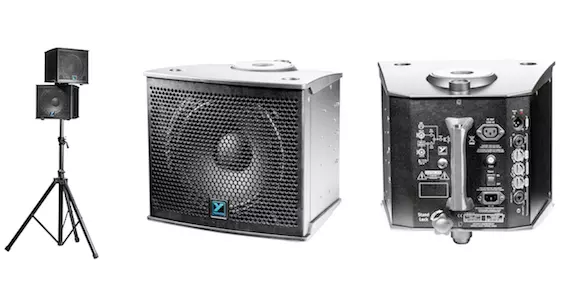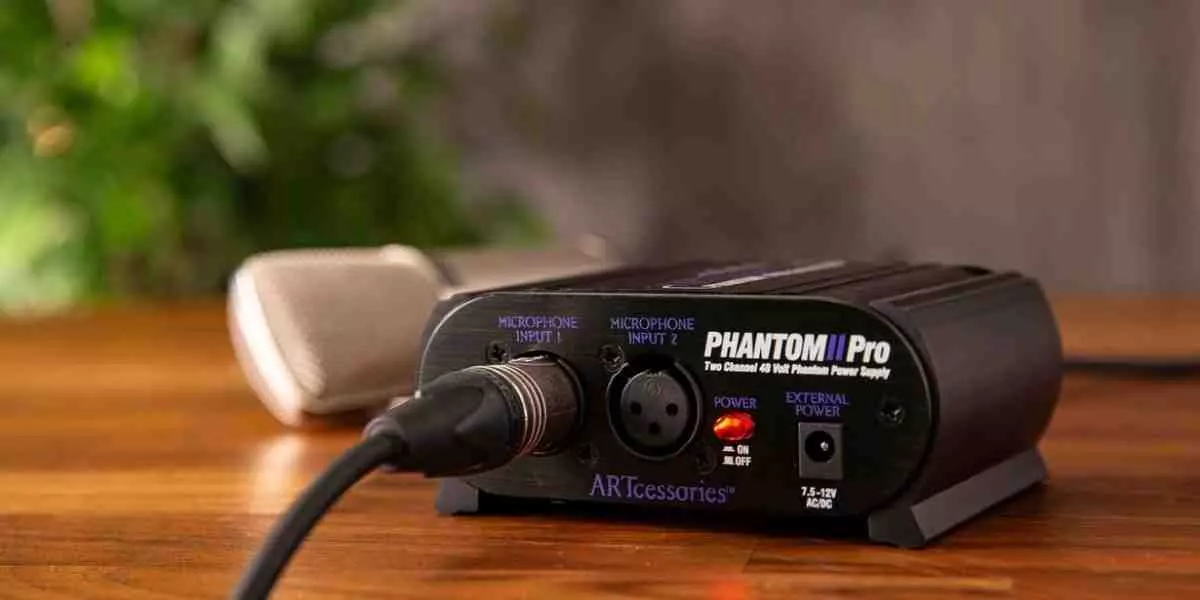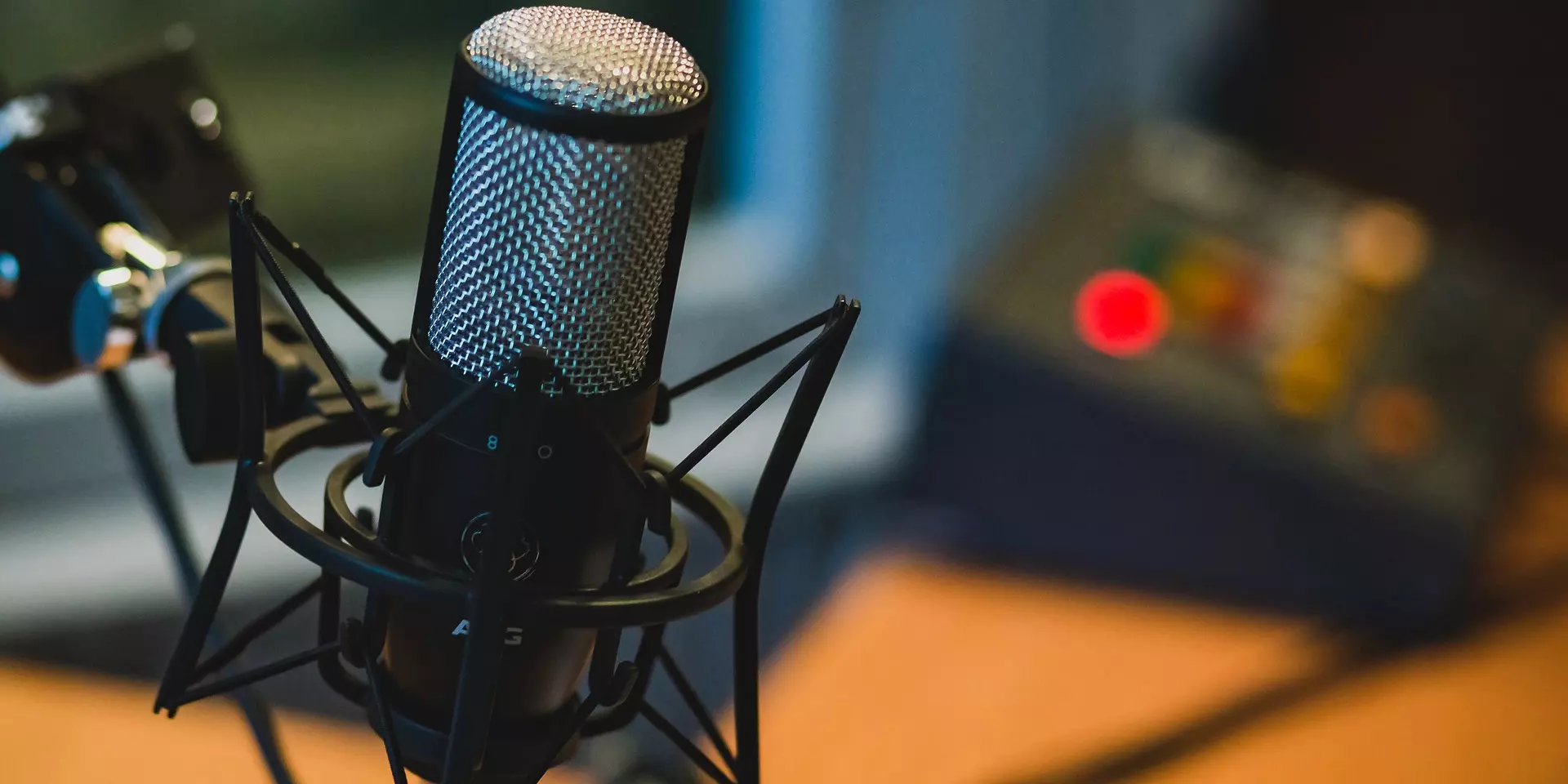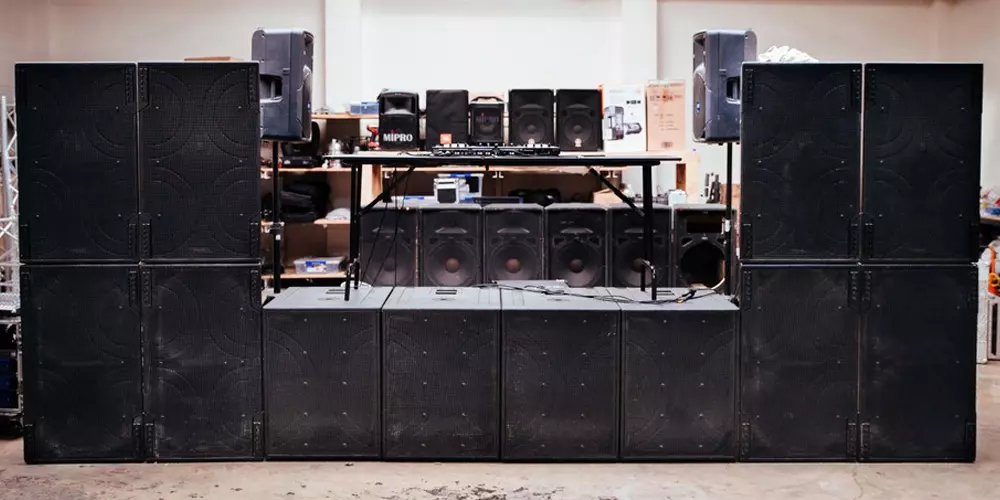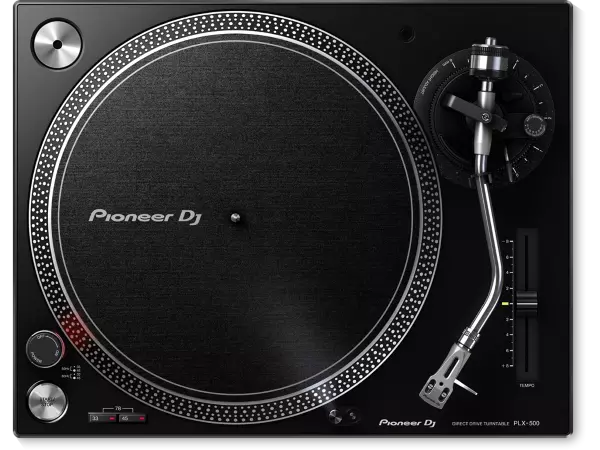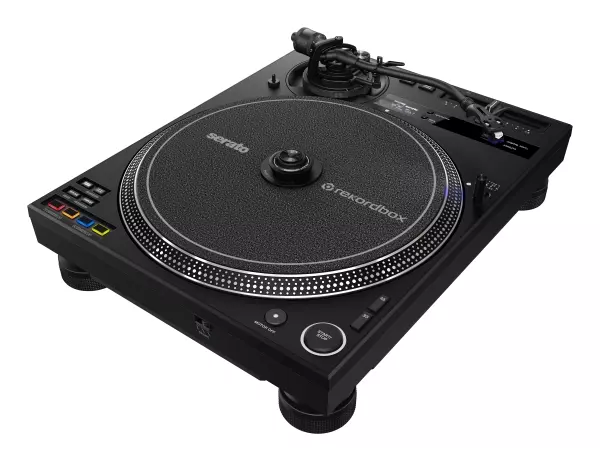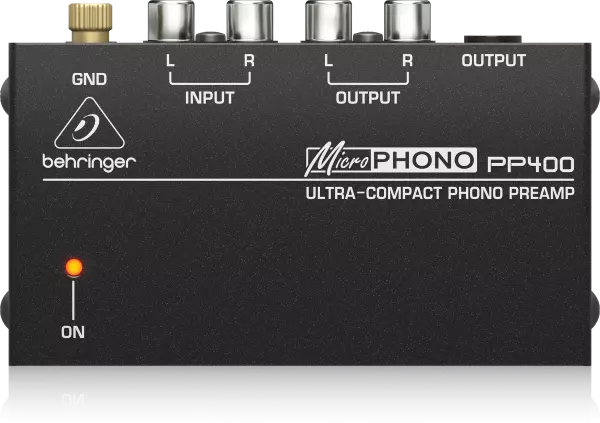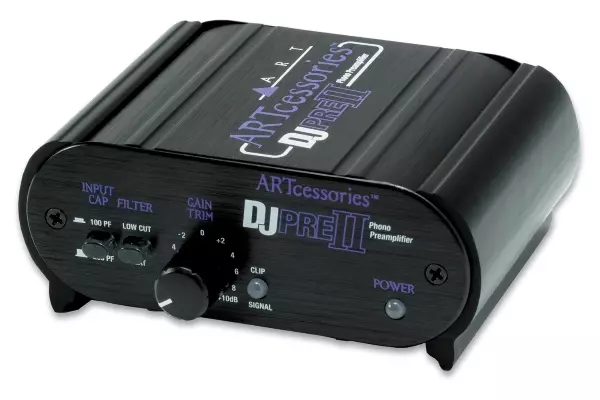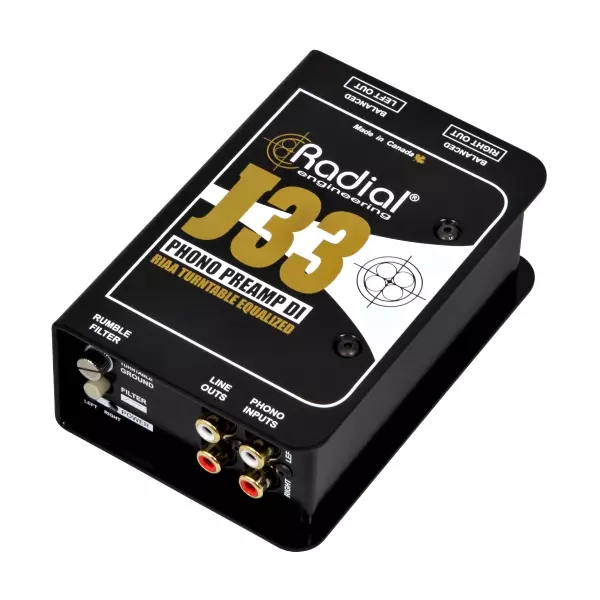Getting Into Vinyl Records? This is What you Need
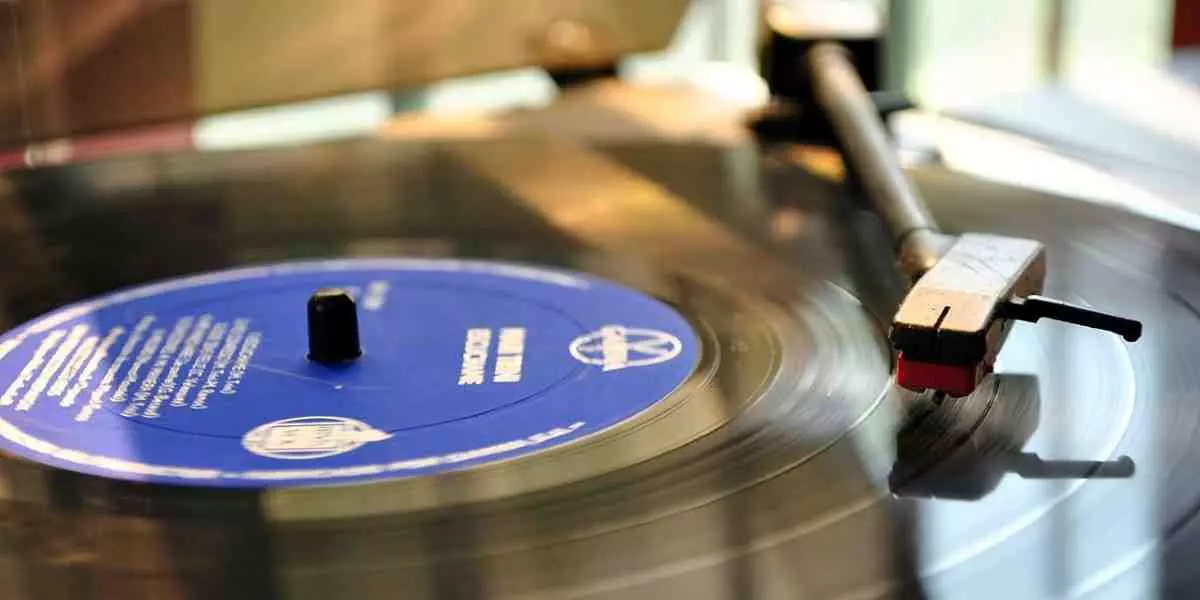
Vinyl records are making a massive comeback—not just for nostalgia but also for the warm, analog sound quality and the old-school feeling of dropping a needle onto wax.
But where do you start?
Whether you inherited a crate of old albums from a family member, want to collect all the greatest hits and listen to them in their original format, or are an audiophile who enjoys the sound of a record, the world of vinyl is exciting and addictive to any vinyl hobbyist.
This guide will cover everything you need to know, from a brief history of vinyl to what a vinyl record is, to all the gear you’ll need, plus tips on how to clean, maintain, and store your collection for future generations.
A Short History of Vinyl Record Players
Vinyl records date back to the late 1800s, ironically before they were named vinyl or made of vinyl; they were initially made of shellac. This began with Thomas Edison’s phonograph in 1877 and Emile Berliner’s gramophone in 1887. These early instruments played sound recorded on cylinders and discs, eventually evolving into 78 RPM shellac discs, which could hold approximately 5 minutes of music per side.
It wasn’t until the late 1940s that Columbia Records introduced the modern vinyl LP, also known as a long-playing record. These 12-inch records, which played at 33⅓ RPM, could hold significantly more music than their 78 RPM predecessors. The equivalent was around 20 minutes per side, which at the time was incredible.
Vinyl remained the dominant format for recorded music until the late 1980s, when CDs and digital formats began to take over. But in recent years, vinyl has seen a massive resurgence. Vinyl record sales have surpassed CDs in some markets, proving that physical media still holds a place in the digital age.
What Is a Vinyl Record?
A vinyl record is an analog sound storage medium shaped like a flat disc. Vinyl records are made of polyvinyl chloride (PVC) and have a spiral groove etched into their surface. The groove contains the audio information, which is read by the stylus/needle on your turntable.
While the most popular name for the device is vinyl record, other synonymous names include phonograph, gramophone, record player, or turntable.
As the record spins, the stylus rides the grooves and vibrates according to the track's shape. These vibrations are converted into electrical signals, amplified, and played through speakers or headphones.
Vinyl has been produced in various sizes and speeds. The most common were 7-inch singles played at 45 RPM (also called 45s) and 12-inch LPs played at 33⅓ RPM, typically for full-length albums. LPs are the most prevalent form today.
Depending on the size and speed, a vinyl record can hold anywhere from 4 minutes to over 20 minutes of music per side.
What You Need to Play Vinyl Records
Playing vinyl involves more than just a turntable. Here’s a list of the essential components you need to enjoy vinyl records.
Turntable
The heart of your vinyl setup is the turntable, also known as a record player. You can't play records without it.
A turntable is a revolving platter on which the vinyl record is held. Once you place the turntable's needle (also known as a stylus) on the record's grooves, it produces sound vibrations. The sound vibrations ripple through the tonearm where the cartridge is, which then converts the vibrations into electric signals.
Turntables come in a variety of designs, with two main types of drive systems: belt-drive (which isolates the motor for better sound quality) and direct-drive (preferred by DJs for speed and torque).
Choosing the right turntable depends on your budget, aesthetic preferences, and how seriously you plan to dive into vinyl. The price of turntables starts at $200 and can go all the way up to $6000 for high-end turntables.
Modern turntables often come with convenient features, such as built-in phono preamps and USB outputs, for digitizing your collection. Classic turntables without built-in phono preamps will require a separate one, as they are needed to amplify the sound and enable the music to be heard.
Beginner: Audio-Technica AT-LP60XAudio-Technica AT-LP60X Fully Automatic Belt Drive Turntable The Audio-Technica AT-LP60X is a fantastic entry-level turntable that features a fully automatic design and a built-in phono preamp. The AT-LP60X allows you to connect directly to powered speakers, receivers, or computers. Its sleek and compact design is perfect for small spaces. |
Intermediate: Pioneer DJ PLX-500Pioneer DJ PLX-500 Direct Drive Turntable with USB This direct-drive turntable is ideal for those looking to upgrade from entry-level options. It offers excellent torque, accurate pitch control, and a USB output, allowing you to digitize your records. A solid build and excellent audio fidelity make this a great option for vinyl enthusiasts seeking a high-quality system without breaking the bank. Available in black or white colour options. |
Pro-Level: Pioneer DJ PLX-CRSS12Pioneer DJ PLX-CRSS12 Hybrid Turntable The Pioneer DJ PLX-CRSS12 is a hybrid turntable that blends traditional analog vinyl playback with advanced digital vinyl system (DVS) capabilities. With customizable torque settings, MIDI-mappable performance pads, and a high-resolution OLED display, this is the turntable for serious vinyl record enthusiasts who are passionate about vinyl and having the best sound. |
Phono Preamp
A phono preamp, also called a phono stage, is responsible for amplifying the tiny signal that comes from your turntable’s cartridge. Vinyl records are recorded using a special equalization curve (RIAA), and the phono preamp reverses this curve during playback while boosting the signal to “line level,” making it loud enough to be heard through speakers or headphones.
Some turntables include a built-in preamp, while others have a built-in phono stage, but not all speakers do. If your system doesn’t include one, you’ll need a separate preamp to make everything work. This small piece of gear plays a major role in shaping your sound.
Beginner: Behringer PP400 Phono PreampBehringer PP400 Ultra-Compact Phono Preamp The Behringer PP400 phono preamp is super affordable, easy to use, and ultra-compact. It does what it says for the price of a few vinyls. This gets the job done if your turntable doesn’t have a built-in preamp. |
Intermediate: ART DJPRE II Phono PreampThe ART Pro Audio DJ Pre II phono preamp is highly rated by vinyl enthusiasts. The DJPRE II offers gain control, a low-cut filter that reduces turntable rumble, and superior sound clarity for a solid price. |
Pro-Level: Radial J33 Turntable Preamp and Active DIRadial J33 Turntable Preamp/DI Box The Radial J33 is a studio-grade turntable preamp and active direct box perfect for audiophiles or anyone planning to digitize or record vinyl. It is suited for archiving, sampling, scratch performances, and DJ mixing, providing the highest sound quality possible. The J33 can be powered with 48V phantom when used with mixing consoles and includes a power supply when power is not available. |
Amplified Powered Speakers or Headphones
Once your signal is amplified at the right level using a phono preamp, you need a way to hear it. This is where powered (active) speakers or headphones come in. Because turntables can't produce audio themselves, an amplifier or powered speakers are required to amplify the signal voltage to a level that can be heard.
Powered speakers (or active speakers) have a built-in amplifier and can connect directly to your preamp or turntable with a preamp built in. The size and wattage of the speakers you buy will determine the power and loudness of the music.
Passive speakers, by contrast, do not have a built-in amplifier and require an external amp to power them. The benefit of passive speakers is the flexibility to replace or upgrade your speakers or amp separately when needed. These types of speakers are more common in hi-fi setups.
If you prefer a more personal or compact listening experience, high-quality headphones can offer incredible detail and warmth when paired with the right equipment. Some audiophiles even opt for headphone amps to get the most out of their sound.
Cables and Adapters
Although not the most exciting part of the setup, cables and adapters are essential for connecting everything. You’ll often need RCA cables to run from your turntable to your preamp and from the preamp to your speakers. If you're using powered monitor speakers, you may also need RCA-to-TRS or RCA-to-XLR adapters, depending on your gear.
Ensure your cables are long enough for your setup, but not so long that they introduce interference. Shielded, high-quality cables can help preserve signal clarity.
Records
This is the best part. The entire reason you're reading everything in this guide in the first place is so you can listen to records. Buying physical vinyl records of your favourite artists and albums to listen to at your pleasure. You can find vinyl records at Long & McQuade's online catalogue, thrift stores, and online marketplaces.
Additionally, Record Store Day is a semi-annual event that celebrates the culture of record stores and occasionally offers excellent deals on vinyl records at specific locations.
How to Clean and Maintain Vinyl Records
Just like any physical media or possessions you own, vinyl records need to be kept clean so that they work correctly. Similar to CDs, fingerprints, dust, and scratches can damage the surface of the record, which can affect the sound quality.
A good habit to keep when playing your records is to brush them using a dust brush for vinyl. This will not only keep your needle from getting full of dust and gunk, but will also give you a better sound quality when listening to your records.
Cleaning Your Records
Before each play, run a carbon fiber brush over your vinyl to remove surface dust. This record care kit is designed to remove contaminants while enhancing high fidelity and tracking. This all-in-one kit includes a cleaning brush and record solution — everything you need to maintain your collection.
Storing Your Vinyl Properly
Always store records in a vertical position in a cool, dry place. Use inner sleeves to protect the vinyl and outer sleeves to preserve the cover art. Never stack records flat, as this can cause warping over time.
If you have an extensive record collection, consider a sturdy vinyl shelf like the Glorious Record Rack 330 Vinyl Station Shelf. It can hold up to 330 12" records and has slanted sides for quick access to the records. Available in black and white colour options.
For those who want to keep their vinyls safe and move them around, the Odyssey KROM LP Case is a suitable option. It holds 70 LPs and 12" vinyl records in a fully foam-lined interior. The rugged exterior features a removable lid and a butterfly latch.
Replacing Your Needle/Stylus
Over time, the needle or stylus on your turntable will naturally wear down with regular use, and you’ll eventually need to replace it. Fortunately, replacing your needle is a simple process.
Most needles are connected to the turntable cartridge via small wires or a clip-in mechanism. Swapping them out usually just involves carefully unplugging the old needle and snapping the new one into place.
However, before purchasing a replacement, it's essential first to identify your cartridge type, as not all needles are universal. The wrong needle can either not fit at all or damage your records over time.
Replacement needles can range in price from around $40 to $300 or more, depending on the brand and the quality of the stylus. For most casual vinyl listeners, you don’t need to spend hundreds; an affordable stylus under $100 will provide excellent sound and last. The general recommendation is to replace your needle after about 800 to 1,000 hours of playtime, which for many people means only once every couple of years.
Enjoy the Journey
Vinyl isn’t just about better sound, it’s about the experience. Dropping the needle into its spot, flipping the record, reading the liner notes — it’s all part of the journey of owning records. While getting into vinyl may seem complicated at first, the journey is half the fun.
Visit your local Long & McQuade store for all the equipment you need, such as a turntable, preamp, speakers and cleaning gear. Once you have all your equipment, you'll be enjoying rich, analog sound for years to come.

